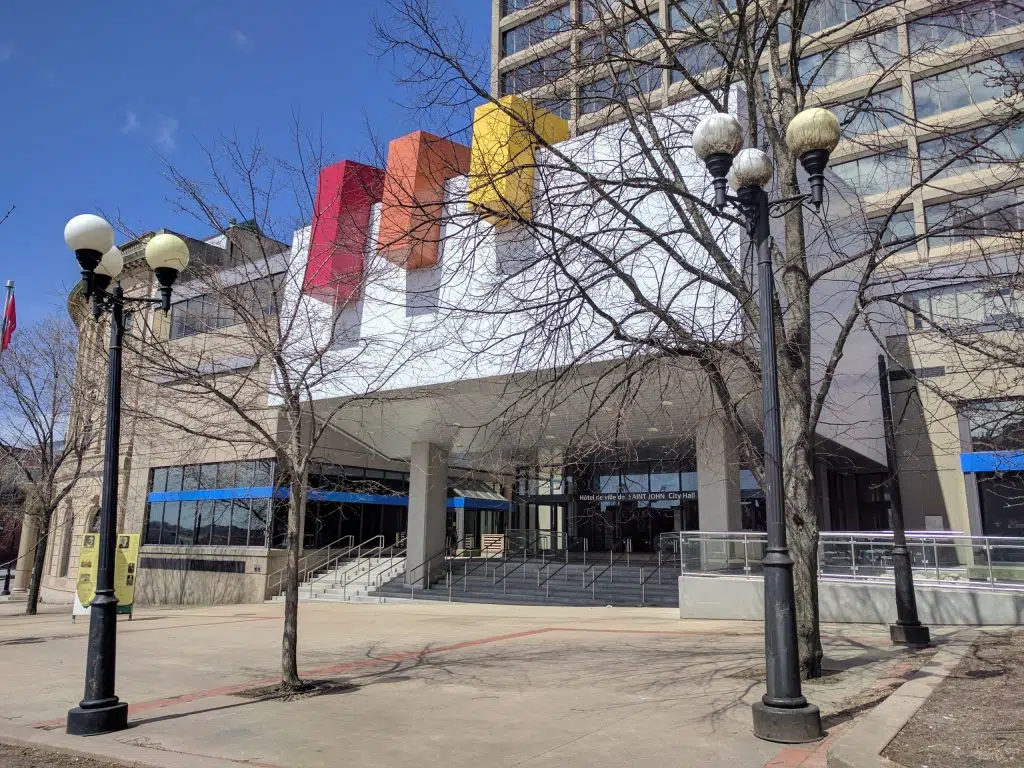Saint John has laid out a plan for the community to transition to net-zero emissions by 2050.
Council approved the city’s Community Energy Action Plan — ActSJ Pathway to Net-Zero — on Monday.
It is an “ambitious and challenging” plan, according to the city’s director of asset management and environmental performance.
Samir Yammine said it requires all segments of the community to work together in order to reach the goal.
“Climate change is one of the biggest threats to our world and the consequences of doing nothing are significant to our community, our world, as well as our future generations,” Yammine said during Monday’s meeting.
“This action plan allows the city to achieve its climate target while maximizing the positive social, economic, and environmental impacts of climate action.”
ActSJ identifies 17 strategies bundled into six so-called “Big Moves,” which include:
- Decarbonizing industry
- Increasing use of active and public transportation
- Shifting to low-emission vehicles and transport fuels
- Electrifying and improving energy efficiency in buildings
- Generating renewable energy
- Reducing waste
Some of the strategies must be led and implemented by the city while others will be undertaken by partners, private businesses or residents, said the report.
Sustainability Solution Group led the development of the plan through collaboration with the city, Saint John Energy, the Community Working Group and the public.
Yuill Herbert, a principal at the organization, said some of the key challenges will be emissions from industry, reliance on fossil fuels for transportation and buildings, and local inequities.
Herbert said of the 4.8 million tonnes of greenhouse gas emissions the city consumes each year, about 3.8 million tonnes come from heavy industry.
“That’s not unlike many other Canadian cities that we work with, for example, Edmonton with oil, Hamilton with steel, Thunder Bay with pulp mills,” he said.
But the partner said it is also an opportunity as Irving Oil is already plotting its course to net zero, which aligns with the city’s objectives.
The total community investment through the plan would be about $2 billion between now and 2050, according to the report, which is slightly over one per cent of Saint John’s GDP.
“The good thing is it generates more than that in energy cost savings, and there’s also avoided carbon savings, so there’s a net benefit of $2.8 billion over 30 years,” said Herbert.
You can view the full plan here.








